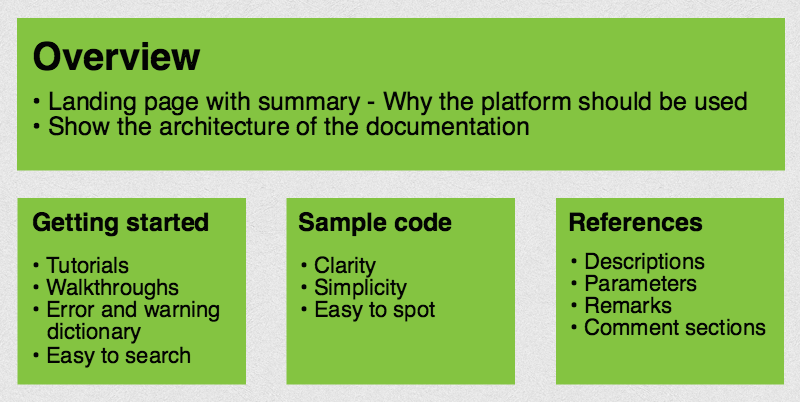
Unveiling the Essence of Code Documentation Best Practices
Effective code documentation is not merely a formality; it is a crucial aspect of software development that enhances collaboration, maintenance, and overall code quality. In this article, we will explore the best practices for code documentation that empower developers to create clear, informative, and sustainable documentation for their projects.
The Significance of Code Documentation
Code documentation serves as a roadmap for developers, enabling them to understand the purpose, functionality, and structure of the codebase. Beyond individual comprehension, it also facilitates collaboration among team members, ensuring that the knowledge encapsulated in the code is accessible and transferable.
Consistent and Clear Comments
One of the foundational aspects of code documentation is the use of comments. Comments provide context, explanations, and clarifications within the code. Best practices dictate that comments should be clear, concise, and written in a consistent style throughout the project. This consistency ensures readability and a unified documentation approach.
Inline Documentation for Functions and Methods
When it comes to functions and methods, inline documentation is paramount. Clearly documenting parameters, return values, and the purpose of each function guides developers in utilizing and understanding code blocks without having to dive into the implementation details. This practice fosters efficiency and reduces the learning curve for new contributors.
Descriptive Variable Naming
While not explicitly a form of documentation, choosing descriptive and meaningful variable names contributes significantly to code clarity. When variables are named intuitively, they act as a form of self-documentation, making the code more understandable without the need for excessive comments.
README Files: The Project’s Front Door
The README file is often the first thing developers encounter when exploring a project. This document should serve as the project’s front door, providing a concise yet comprehensive overview of the project’s purpose, installation instructions, and usage guidelines. A well-crafted README facilitates onboarding and sets the tone for the entire codebase.
Version Control Integration
Integrating documentation with version control systems, such as Git, ensures that documentation evolves alongside the codebase. Each significant change or update to the code should be accompanied by a corresponding update to the documentation. This alignment prevents discrepancies and ensures that documentation remains relevant.
API Documentation for External Consumption
For projects with external APIs, thorough documentation is crucial for users and developers outside the core team. Clearly defining endpoints, request-response formats, and authentication mechanisms in API documentation simplifies integration for external parties and fosters a positive developer experience.
Continuous Review and Updating
Code documentation is not a one-time task; it requires continuous review and updating. As the code evolves, documentation should reflect these changes to remain accurate and beneficial. Establishing a culture of regular documentation reviews ensures that the documentation stays in sync with the project’s development.
Use of Documentation Generators
Documentation generators automate the process of creating documentation from source code comments. Integrating tools like Sphinx, Javadoc, or Doxygen streamlines the documentation workflow, making it more manageable and consistent across the entire codebase.
Learn Code Documentation Best Practices: A Comprehensive Guide
For those eager to delve deeper into code documentation best practices, a valuable resource awaits here. This link provides a comprehensive guide, offering tutorials, tips, and insights to help developers master the art of code documentation. With a structured learning approach, it serves as a valuable companion for those aiming to optimize their documentation practices and elevate their development projects.
This article delves into the core principles of code documentation best practices, emphasizing the significance of clear and consistent documentation in software development. It covers various aspects, from inline comments and descriptive variable naming to README files and API documentation. The inclusion of a resource link offers a guided approach for developers seeking to enhance their code documentation skills.
